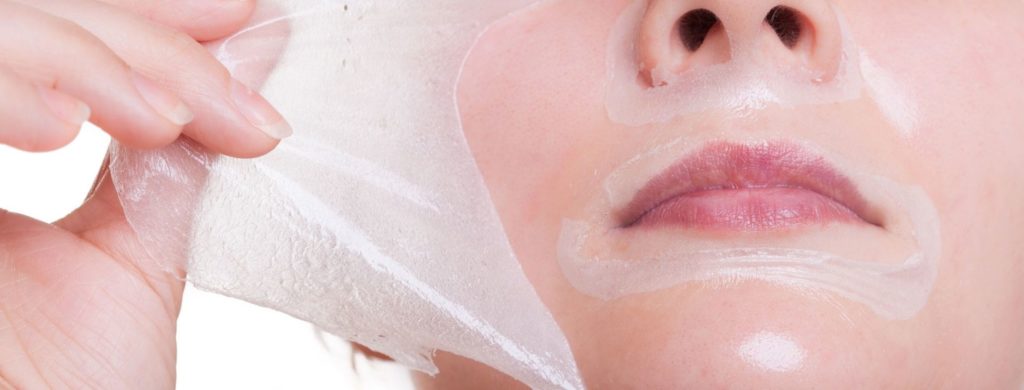With so many peels to choose from, it is hard to know what peel is right for you. Like with all intensive skincare, working with a therapist on a long-term plan for your skin is the best way to get optimal results. In this guide, we will discuss the various peels and the benefits of each.
The purpose of peeling the skin is to resurface the skin and speed up an exfoliation process, the reason this is good for the skin is that the skin naturally desquamates (sheds) all the time, when the skin is dry, as we age and as the skin is exposed to different elements and conditions, this natural process can be slowed down. By encouraging the skin to exfoliate, we stimulate the metabolism of the skin and boost natural skin function. When the skin has been peeled or exfoliated and we apply a serum or high-end product, we are treating the skin from the bottom up and therefore the skin that comes to the surface is optimized.
Various Peels
There are different kinds of peels on the market, from a granular exfoliator which you would use at home twice a week, to deep chemical peels that cause the skin to physically peel.
Depending on your goals for your skin, a therapist will choose the right peel for you:
- Chemical Peels – These are probably the most popular commercial peels. They are predicable in how they respond on the skin and are used to treat fine lines and wrinkles as well as pigmentation. A chemical peel is generally done in a course of treatments and can be added to other treatments such as needling or laser for best results.
- Fruit Acid Peels – These are often referred to as glycolic peels or alpha-hydroxy peels. They can be used to treat acne, varous skin blotchyness and refine pores.
- Cream Peels – Cream peels are very effective for treating acne, they soothe the skin and can resurface dry crusty areas that if treated with a granular peel would spread infection.
Benefits of Peeling
Peeling the skin removes dead layers that are not serving the skin, leaving a soft feel and a soft appearance. The skin is refined, the function is better, aiding in reducing the appearance of large pores. Fine lines and wrinkles are reduced. Pigmentation can be surfaced to assist with other treatments such as laser or IPL. In an instance where acne is treated with peels; redness is reduced, breakouts are calmed and the skin smoothes out.
The skin is also susceptible to products reaching a lower level of the epidermis and so the skin which then comes through is of better quality.
Can peels be dangerous?
If someone is not qualified to administer peels, they can go very wrong. A chemical peel can leave a client with scarring, burns, and long-term sun sensitivity. When choosing a peel, ensure that you are working with a reputable product and all of the risks have been clearly explained to you.
Contra-indications for peeling
You should avoid a peel if:
- You are planning a beach holiday, peeling the skin leaves it vulnerable to sun damage.
- Sun burn, if your skin is recoving from sun damage, peeling will agravate sensitivity.
- Any open wounds on the skin.
- Melanoma or any facial cancers.
- Pregnancy, peels are not recommended during pregnancy. The skin is already sun sensitive and may be more prone to hormonal breakouts.
Peels are an excellent addition to any skin regimen. They are an excellent anti aging boost and can be added to a variety of other treatments to help turn back the clock.

